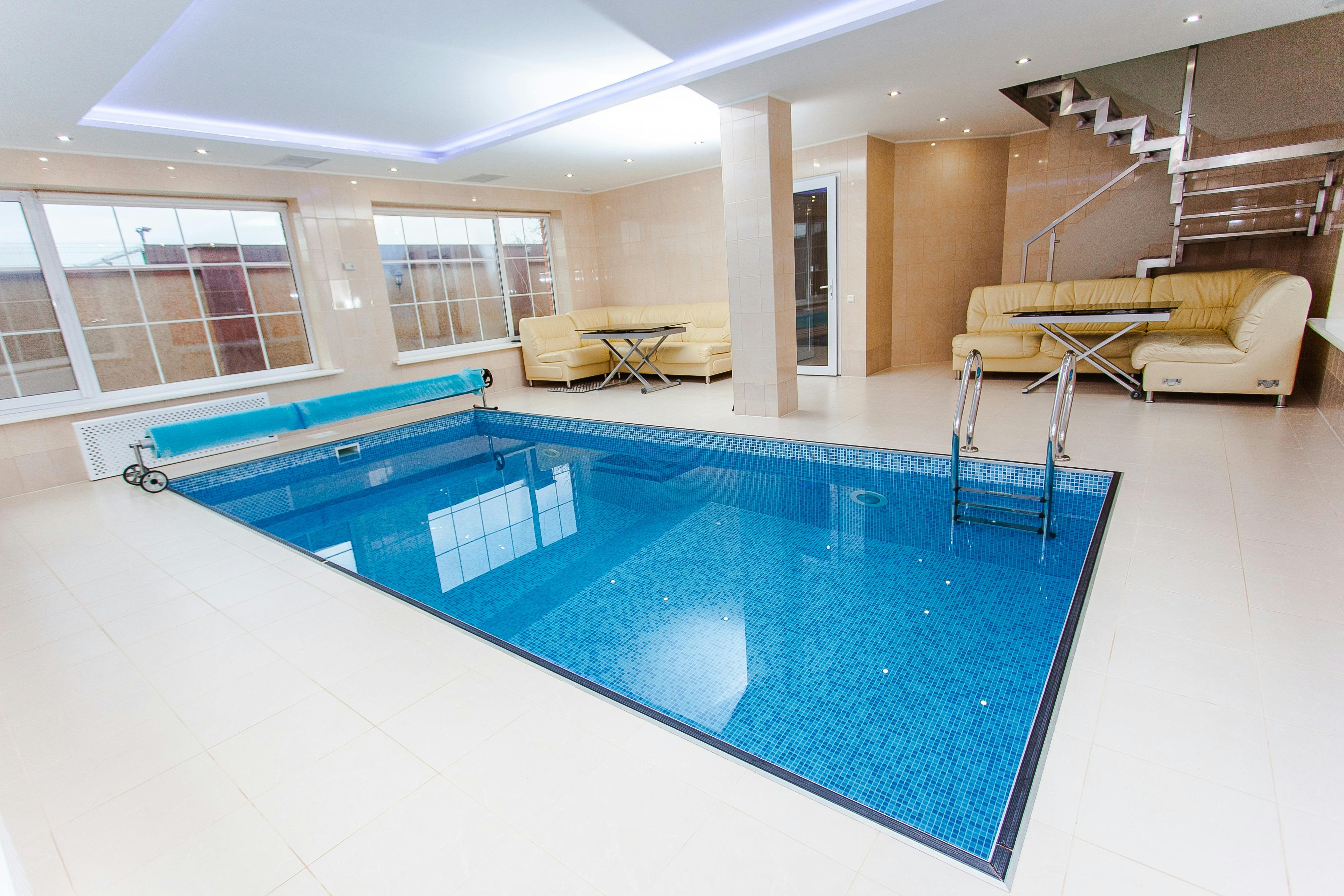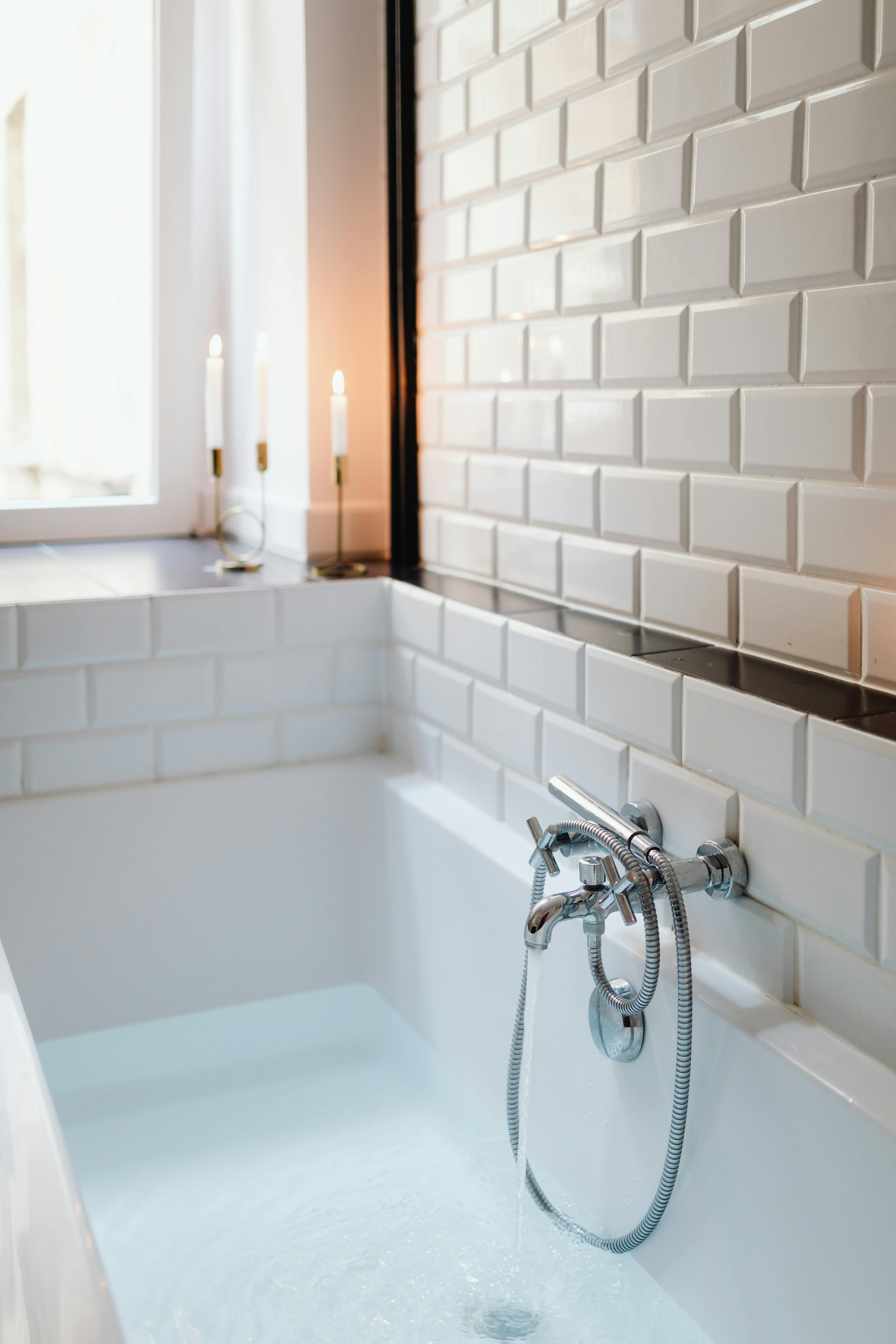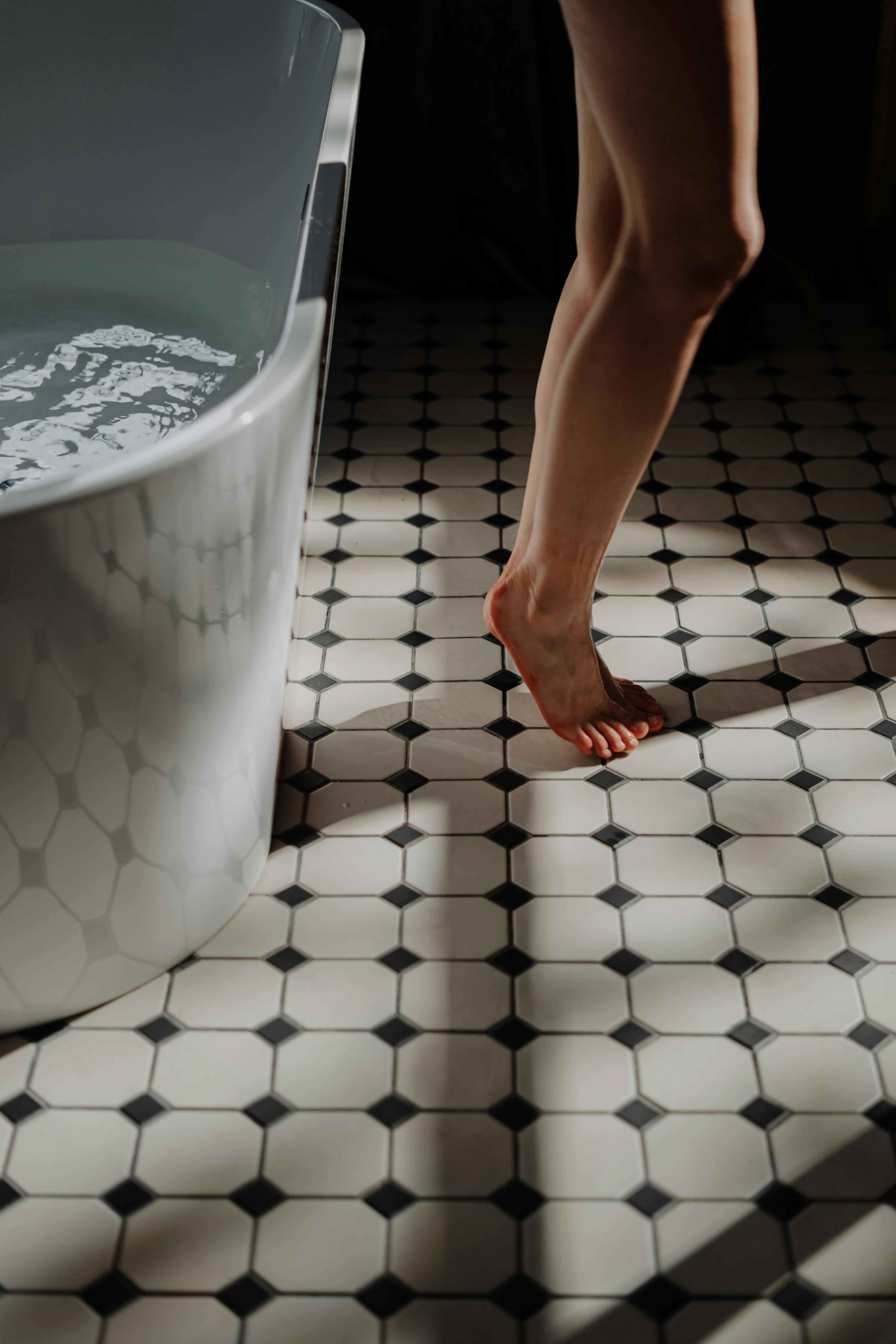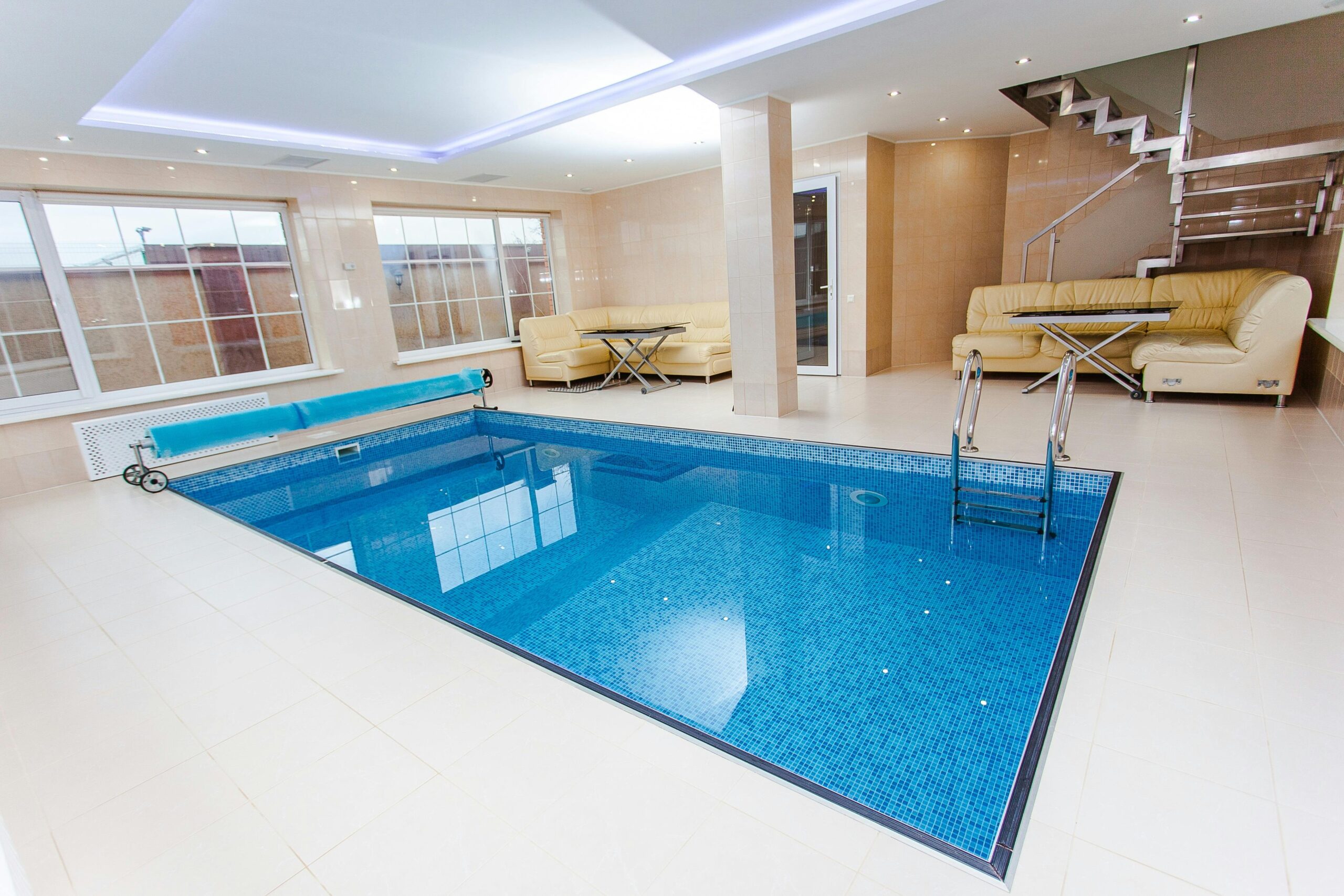Imagine walking into a space that intuitively adjusts its lighting as dawn breaks, gradually shifting color temperatures to match your body’s natural awakening process. The walls seem to breathe with you, creating an atmosphere that doesn’t just look beautiful but actively enhances your sleep quality, cognitive performance, and overall wellbeing. This isn’t fantasy—it’s temporal luxury, the revolutionary approach to interior design that treats time itself as the ultimate design element. Traditional luxury focuses on materials and aesthetics, but temporal luxury goes deeper, orchestrating every environmental variable to align with your biological rhythms. By 2026, the most sophisticated homes will function as wellness sanctuaries that understand the profound relationship between time, biology, and space, transforming how we experience our living environments.
When design meets biology: The science behind temporal luxury
Your body operates on a precise 24-hour biological clock called the circadian rhythm, governing everything from hormone production to cellular repair. Recent research from Harvard Medical School indicates that disrupted circadian rhythms contribute to sleep disorders in 35% of adults and significantly impact immune function, metabolism, and cognitive performance. Temporal luxury interior design leverages this scientific understanding to create environments that actively support your biological processes.
Circadian lighting systems form the foundation of temporal design. These sophisticated networks use thousands of LED lights embedded throughout the space, each capable of adjusting brightness and color temperature in real-time. Unlike standard lighting that remains static, circadian systems mirror the sun’s natural progression, starting with warm, dim amber tones in the early morning (2700K color temperature), transitioning to bright, blue-rich light during peak productivity hours (6500K), and gradually returning to warm, relaxing tones as evening approaches.

This Photo was taken by Pixabay.
The technology extends beyond lighting to encompass temperature regulation, air composition, and even subtle aromatherapy delivery. Smart environmental sensors continuously monitor ambient conditions and occupant behavior, making micro-adjustments that remain imperceptible yet profoundly effective. This neural-responsive approach to luxury design creates spaces that anticipate your needs before you’re consciously aware of them.
The chronotherapy revolution in residential spaces
Chronotherapy, the practice of timing treatments to align with biological rhythms, has moved from clinical settings into luxury residential design. Advanced chronotherapy systems integrate multiple environmental factors to create targeted wellness outcomes. Morning zones feature energizing blue light exposure and gradually increasing temperatures to promote natural cortisol production and alertness. Evening spaces incorporate red-spectrum lighting and cooler temperatures to stimulate melatonin production and prepare the body for restorative sleep.
According to 2025 research from the International Association of Lighting Designers, homes equipped with comprehensive chronotherapy systems showed measurable improvements in occupant health metrics:
| Health Metric | Improvement Percentage | Time to Effect |
|---|---|---|
| Sleep Quality Score | 43% | 2-3 weeks |
| Morning Alertness | 38% | 1-2 weeks |
| Cognitive Performance | 25% | 3-4 weeks |
| Stress Hormone Levels | 31% | 4-6 weeks |
Architectural time: Designing spaces that evolve throughout the day
Temporal luxury transcends technology to influence architectural form itself. Dynamic architecture incorporates moveable elements that physically transform spaces according to temporal needs. Automated wall panels slide open to reveal meditation alcoves during designated quiet hours, while ceiling elements adjust height and configuration to create either intimate gathering spaces or expansive entertaining areas.
The concept of zonal time design creates distinct areas optimized for different circadian phases. Morning zones feature east-facing windows with crystal-clear glass that maximizes natural light exposure, combined with mineral-infused surfaces that enhance cellular regeneration during the body’s natural repair cycle. Afternoon productivity zones incorporate standing-height surfaces, dynamic lighting that adjusts to task requirements, and air filtration systems that increase oxygen concentration during peak cognitive hours.

This Photo was taken by Karola G.
Material selection for temporal responsiveness
Advanced materials play a crucial role in temporal luxury design. Thermochromic surfaces change color and texture in response to temperature fluctuations, creating visual cues that reinforce circadian timing. Smart glass windows automatically adjust opacity and tint based on external light conditions and internal circadian programming, maintaining optimal light exposure while preserving privacy and comfort.
Phase-change materials embedded in walls and flooring provide thermal regulation that supports natural body temperature fluctuations throughout the day. These materials absorb excess heat during the day when body temperature naturally rises and release it during evening hours when core temperature needs to drop for optimal sleep preparation. This climate-responsive design approach creates environments that actively participate in your biological processes.
Technology integration: The invisible infrastructure of time-based wellness
The most sophisticated temporal luxury systems operate invisibly, requiring minimal user interaction while delivering maximum biological benefit. Artificial intelligence algorithms learn individual circadian patterns through continuous monitoring of sleep cycles, activity levels, and environmental preferences. This data drives predictive adjustments that optimize environmental conditions before circadian disruptions occur.
Wearable device integration allows the system to respond to real-time biometric data, adjusting environmental parameters based on heart rate variability, skin temperature, and movement patterns. When sensors detect the onset of sleep, the system gradually dims lighting, lowers temperature, and initiates white noise patterns that promote deep sleep stages. Upon detecting natural wake cycles, gentle light exposure begins 30 minutes before the planned wake time, supporting natural cortisol production and reducing sleep inertia.

This Photo was taken by cottonbro studio.
Multi-sensory temporal orchestration
Complete temporal luxury systems engage all five senses in coordinated temporal sequences. Advanced acoustic design delivers binaural beats and frequency patterns that encourage specific brainwave states. Morning sequences feature uplifting frequencies that promote alpha and beta brainwaves associated with alertness and focus, while evening programs transition to theta and delta frequencies that facilitate relaxation and deep sleep.
Aromatherapy systems release precisely timed scent combinations that reinforce circadian cues. Citrus and mint scents during morning hours enhance alertness and cognitive function, while lavender and chamomile in evening hours promote relaxation and sleep quality. The integration extends to
